Estimated reading time: 09 minutes.
June/2017 – The EF-S 18-135mm f/3.5-5.6 IS USM is the third version of the 7.5x telephoto-zoom, made for Canon’s APS-C cameras. Yes, “version” that’s different from “generation”. With three identical models, all sporting the same focal lengths and optical formulas (16 elements in 12 groups, 1 UD and 1 aspheric since the 2009 launch), the only difference lies beneath the AF tech, each with its own motor. The first generation micro-DC, slow, noisy and with a rotating focusing ring; the second STM (stepping motor), with a silent, smooth AF motor, great for video recording; and now the new NANO USM, with high speed focusing, made for action shooting; keeping the same smoothness and quiet operation as the STM AF. A focal length zoom usually sold as a “kit upgrade” from the 18-55mm, the idea is to reach “further” with a reasonably portable package, with variable aperture to keeps its dimensions and weight as low as possible; perfectly fitting all APS-C cameras. But is it worth the US$599 price, just for the NANO USM AF? Let’s find out!

At 10.3 x 7.6cm closed at 18mm, or 15.2 x 7.6 open at 135mm, at 515g of plastics and glass, the first thing we notice on the EF-S 18-135mm is the new design, well thought and built; a step ahead most “kit” zooms. Another lens and another design school, Canon now employs the satin plastic we first saw on the EF 70-300mm f/3.5-5.6 IS II USM, smoother on your fingers and less shinny than previous plastics. Gone are the silver embellishments with an all black rubber and plastic design, discreet and easier to use, without excesses. The new design showcases Canon’s matured vision for the APS-C format, less el-cheapo and better put together, no matter the entry level price point.
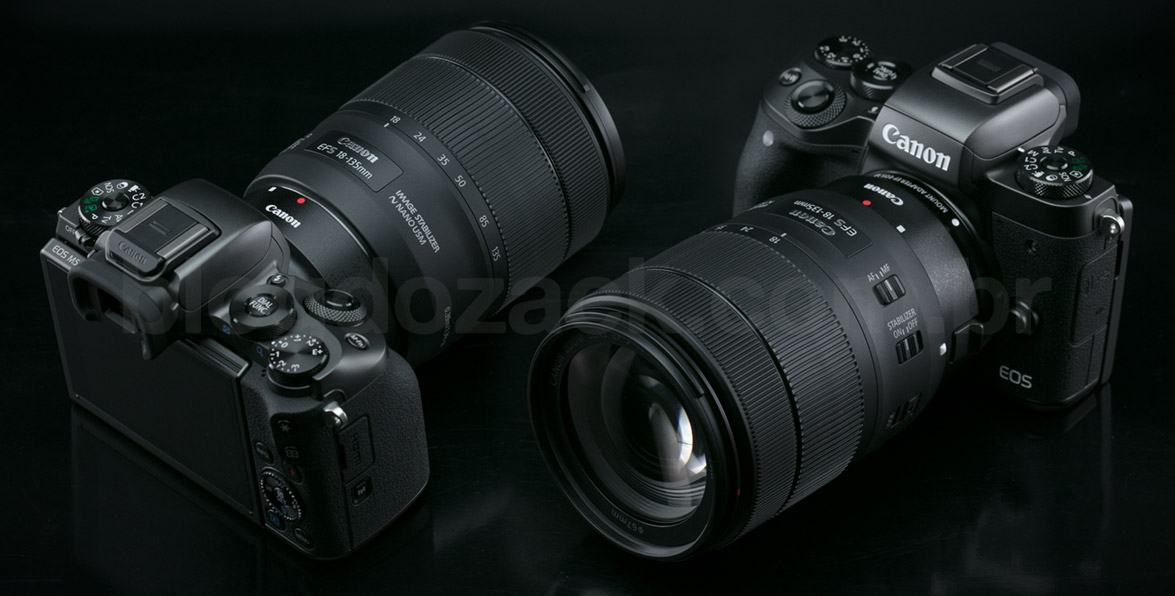
In your hands the ergonomics are perfect with EOS’s APS-C cameras, all with the same “sober” design since the 2016 T6i. The camera and lens are “dense” within you fingers, filling every dip of your hands, nice to handle during all-day jobs, without hassle. Those coming from an older version knows the “steps” Canon used to separate both zoom and focusing rings, or the pronounced control switch panel on the left-hand side, now all built-in the lens barrel, reminding the “beer can” feel of the Canon EF 35mm f/1.4 L II USM. The zoom mechanism expands a single-stage internal barrel, on a smooth, well damped motion, apparently not cutting any engineering corners inside. It’s a good looking lens with a good user experience, fitting like a glove on all APS-C DSLRs (80D, T6i/T7i), or even the mirrorless M5, with it’s generous right-hand grip. It’s far superior than Fujifilm’s XF 18-135mm tested on the top of the line X-T2, that was heavy and harder to zoom.
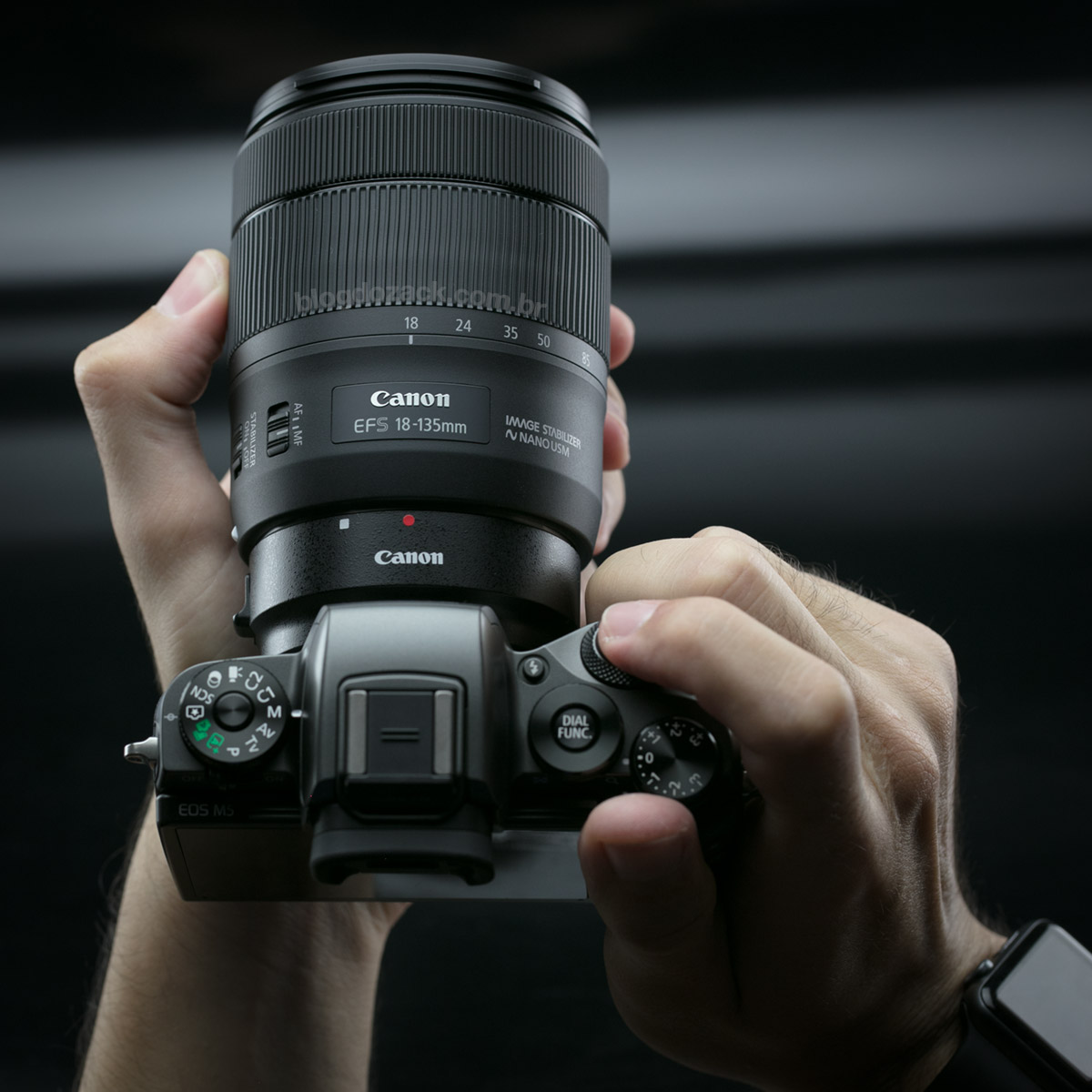
It’s usability is simple and direct, not demanding much attention from the photographer. Near the middle barrel a 90º zoom ring smoothly turns from 18mm to 135mm counter-clockwise, on a precise, smooth movement, not heavier nor lighter at any length. Those who read the Fuji 18-135mm review remember the difficulties I had with a much heavier zoom ring, but Canon always adjust its weight to perfection, straight out of the box. That’s an important “feature” to support the unique PZ-E1 Power Zoom accessory, a portable SERVO zoom motor operated by just four AAA batteries. With enough energy to smoothly turn the zoom ring during video recordings, it’s possible to give amateur, home made movies a more professional finishing, far superior to manually operating the zoom ring. And at the front the manual focusing ring is fly-by-wire, mechanically disconnected from the internal focusing group, needed to support the new NANO USM focusing.
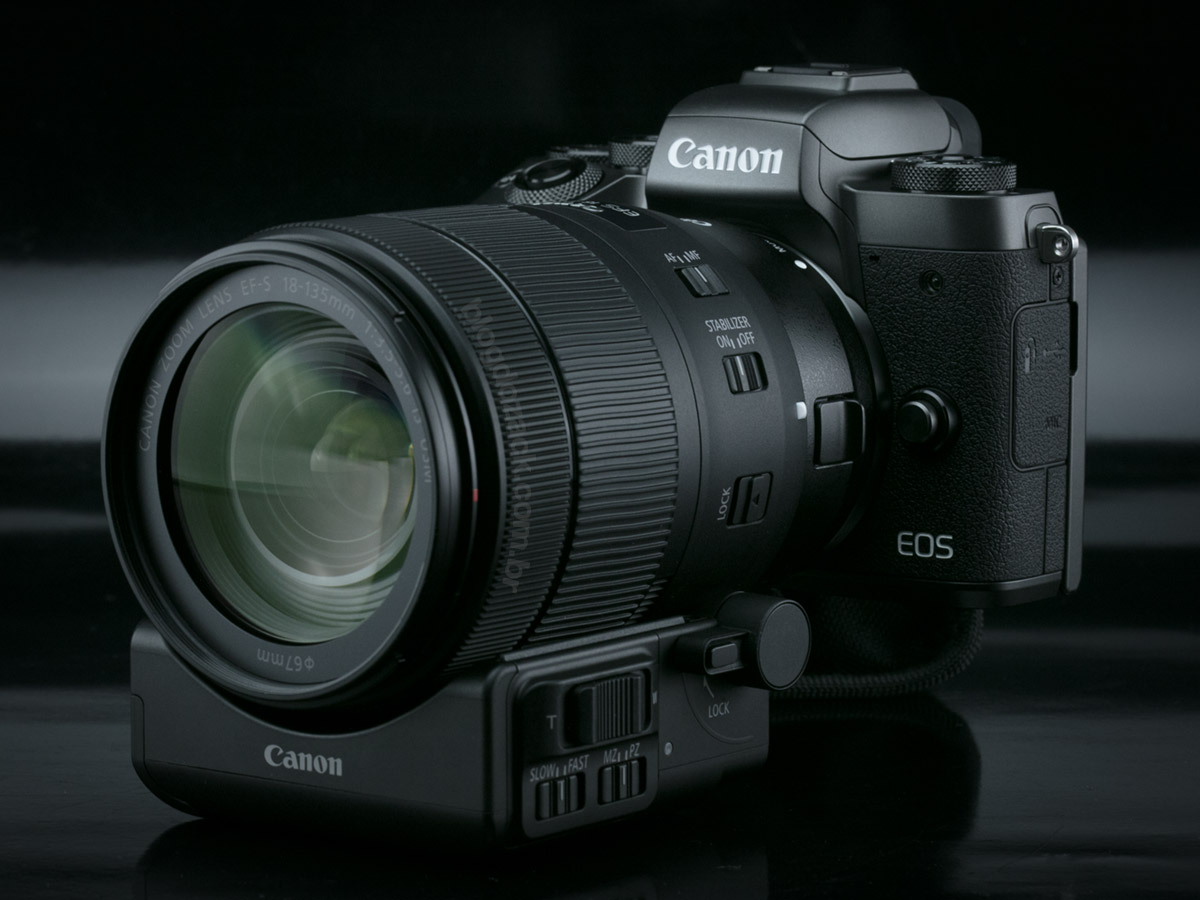
The NANO USM is nothing more the a linear motor driven by ultrasonic energy. Two sliders support the focusing group, and an energized ceramic plate generates movement by silently vibrating two metallic pins. It’s a very efficient way to produce movement, completely noiseless, great for video recordings. And during still shooting, Canon repeats the same marvelous focusing achieved by the also NANO USM new 70-300mm II: instant AF on an “intermediary” lens. On the everyday usage, the 18-135mm IS USM is scary fast: with any EOS camera, the slight press on the AF button instantly locks focus, at the blink of an eye! It’s extremely flexible to shoot moving subjects, never missing the moment. Here tested even with the jurassic 2010 EOS T3i, it’s possible to shoot complete AI SERVO sequences in focus, not spending a fortune on higher-end lenses. It’s really the ultimate focusing tech from Canon, and worth every cent spent on NANO USM lenses.

“Paulista” with the EOS T3i + EF-S 18-135mm f/3.5-5.6 IS USM f/6.3 1/1000 ISO4000 @ 135mm.
Canon also kept the same IS module from the STM lens, promising up to 4 stops of compensation. The image stabilizer is completely automated, and works effortlessly. Just leave the IS switch ON and 1) it compensates for longer shutter speeds, up to 1/13 at 135mm, great for low light landscapes; 2) auto detects panning motion (mode 2), for creatively blurring the background on moving scenes; or 3) deactivate the module when the camera is on a tripod, preventing unwanted IS blur. And again, together with the smooth NANO USM focus, it’s possible to give professional finishing to hand held videos, as the IS provides a new Dynamic IS, also auto-detecting panning. Canon is trying hard to push a complete feature-set for videographers on a budget, and the 18-135mm IS USM is to only APS-C to offer such flexibility on the EF lineup.
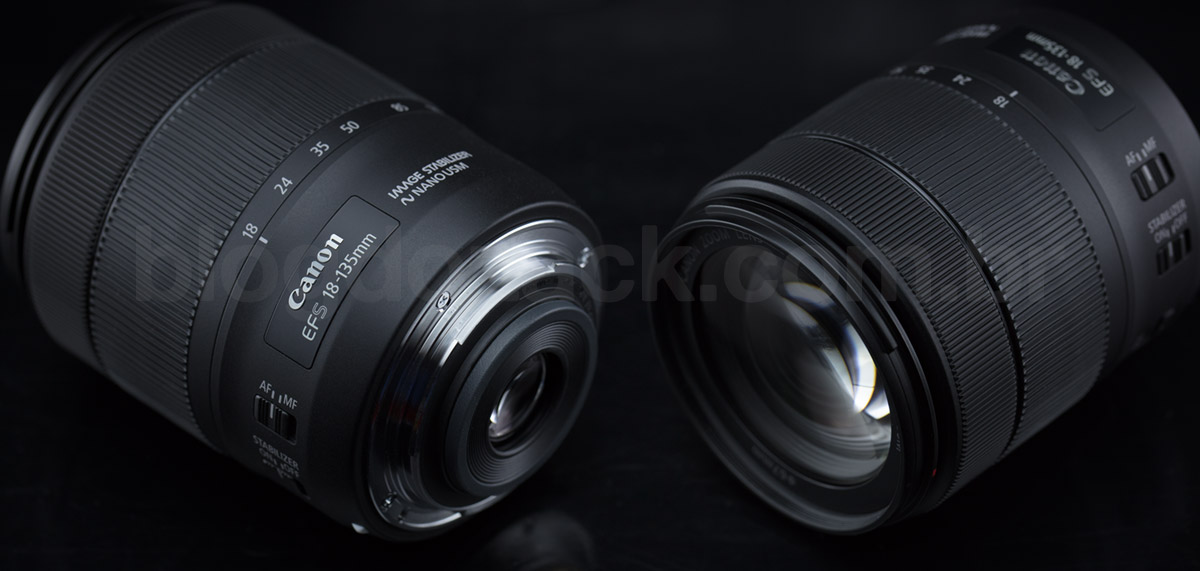
Finally at the front the EF-S 18-135mm uses large ø67mm filters, compatible with most zooms of this class. They fit in a plastic thread that moves back and forth during zooming, albeit not rotating during focusing. Surrounding the filters is a secondary thread just for the optional EW-73D hood, that prevents lens flaring. And at the rear, the metal lens mount is well built and a pleasure to mount with all EOS cameras, with a lower friction coeficient. However there’s no rubber gasket to prevent water nor dust to get in the camera+lens kit, and Canon doesn’t declare anything about its weather sealing. There’s just an extra rubber extension, that prevents it from being mounted on a full frame camera (5D, 6D, 1D-X). Overall Canon delivers a “fair” US$599 product that, together with a well made built and smooth operation, features the new NANO USM AF, and supports the novelty PZ-E1 Power Zoom accessory, both excellent for those seriously thinking about video. And as well see next, the optical formula doesn’t disappoint, interesting for the 7.5x zoom flexibility.

“Grand Canyon” at f/7.1 1/60 ISO125 @ 18mm; all photos with the Canon EOS M5; raw files available at Patreon.
With a 16 elements in 12 groups optical formula, 1 UD piece for low light dispersion and a molded-aspherical glass for aberration control, the EF-S 18-135mm f/3.5-5.6 IS USM doesn’t bring anything new to the segment, identical since the first 2009 version. As a 7.5x zoom lens, we can’t forget this specification is thought for its flexibility with most focal lengths on a single, portable lens, and not for “brute” optical resolution, sharpness nor contrast; although it doesn’t shamefully fails at any of these aspects. Some files are filled with details, that are easier to “mask” due to extreme weather conditions than optical flaws; the contrast is usually adequate, no matter the light situation; and the chromatic aberrations are extreme, but easily corrected and expected on a 7.5 zoom. Geometric distortions are also present of both ends, and we can’t really think about it as a macro substitute, given the questionable performance at the minimum focusing distance. But it’s hard to take an unpublishable picture with the EF-S 18-135mm IS USM, and if used with interesting subjects and good composition skills, its flexibility triumphs any optical shortcomings.
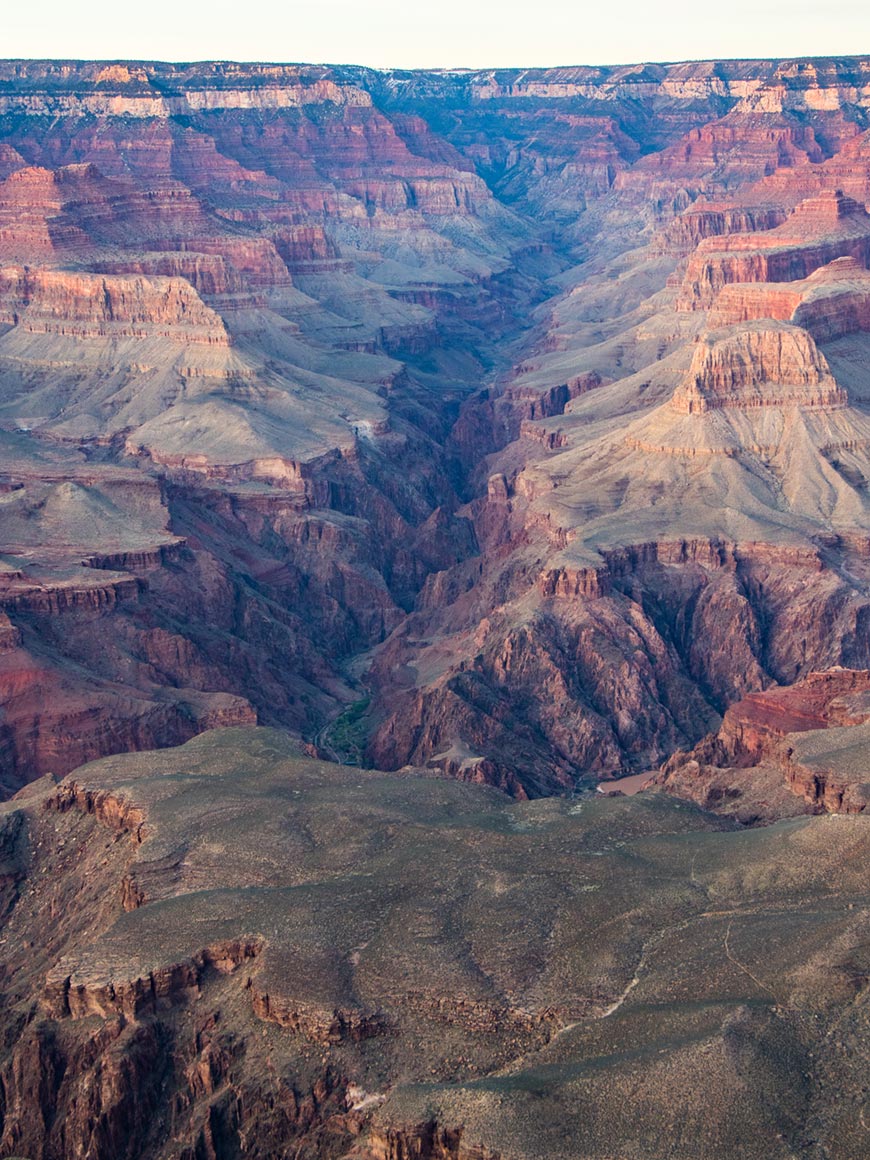
“Grand Canyon II” at f/7.1 1/60 ISO400 @ 35mm.
Wide open the resolution and sharpness naturally vary from 18mm to 135mm. The wide angle performance is excellent at the center frame, losing resolution only by the corners, worthless to shoot high-end landscape jobs, especially printed in larger formats. The most notable shortcoming is the extreme vignetting at smooth colored planes, such as the sky, that gets very dark around the edges, thanks to the diminutive lens elements. From 24mm, 35mm and 70mm the resolution is more than sharp enough for everyday details, clearly rendering rock textures, forest trees and fine details. But at 135mm the resolution drops at f/5.6, functional only for smaller prints (think A3 as a maximum); or most web outputs (Instagram/Facebook). The 18-135mm is flexible for everyday situations, but if telephoto distances are important to you, I highly recommend a dedicated 135mm prime lens, that doesn’t even have to be too expensive.
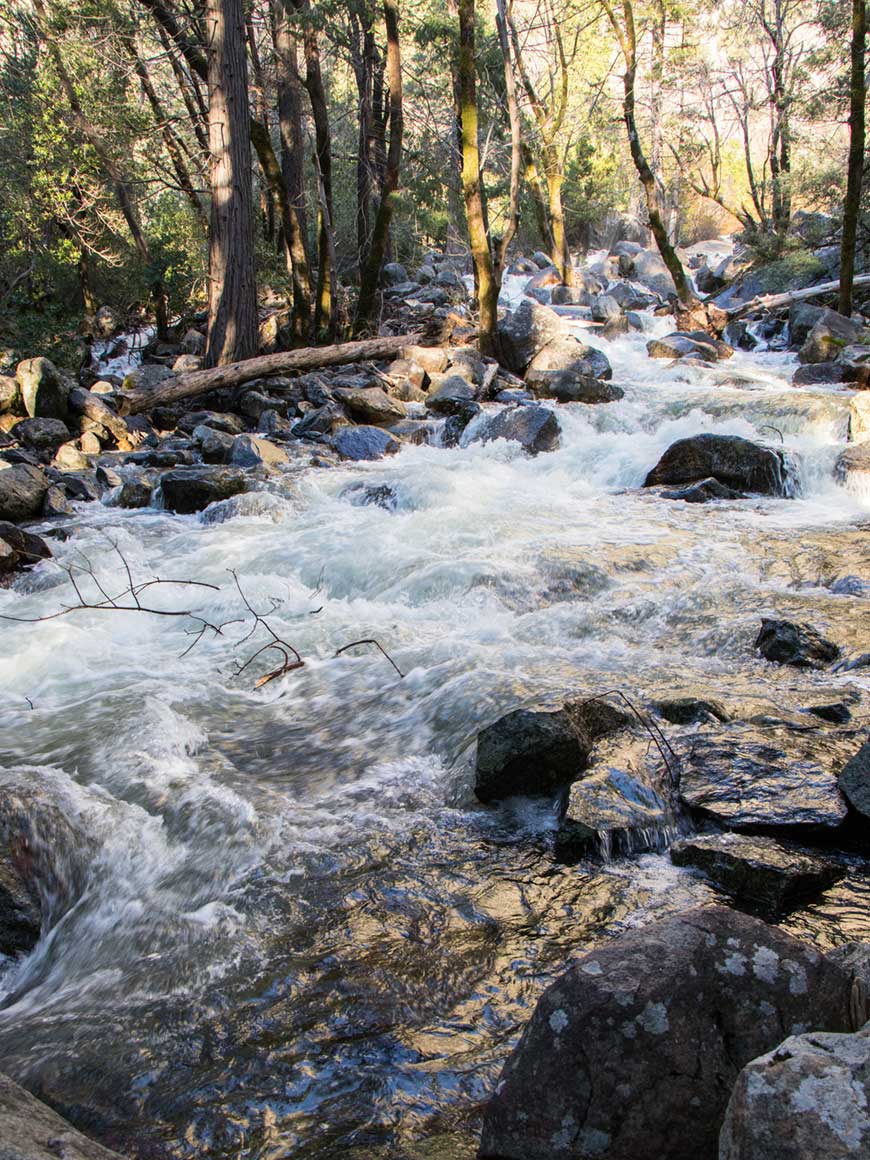
“Water” at f/5.6 1/60 ISO200 @ 18mm.
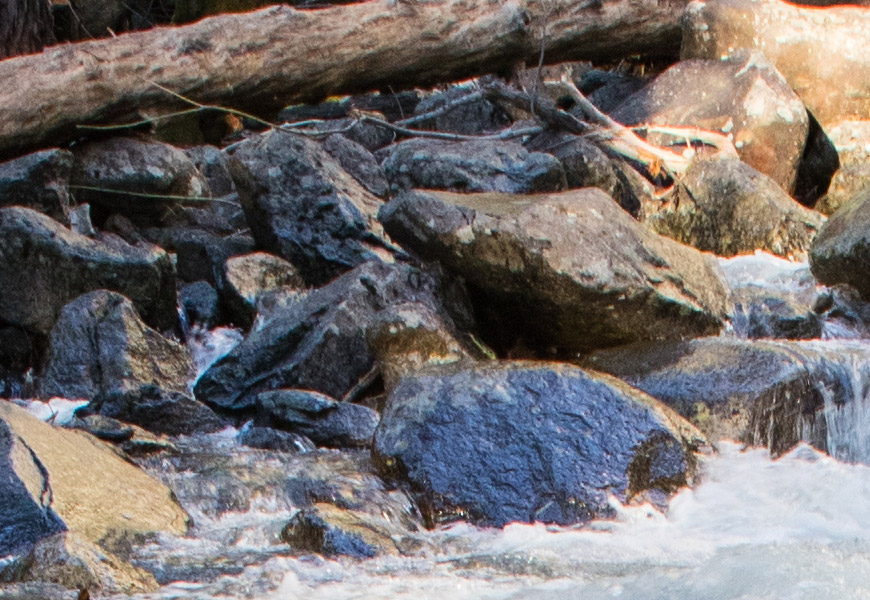
100% crop, the resolution is fair for most details, but far from prime lens quality.
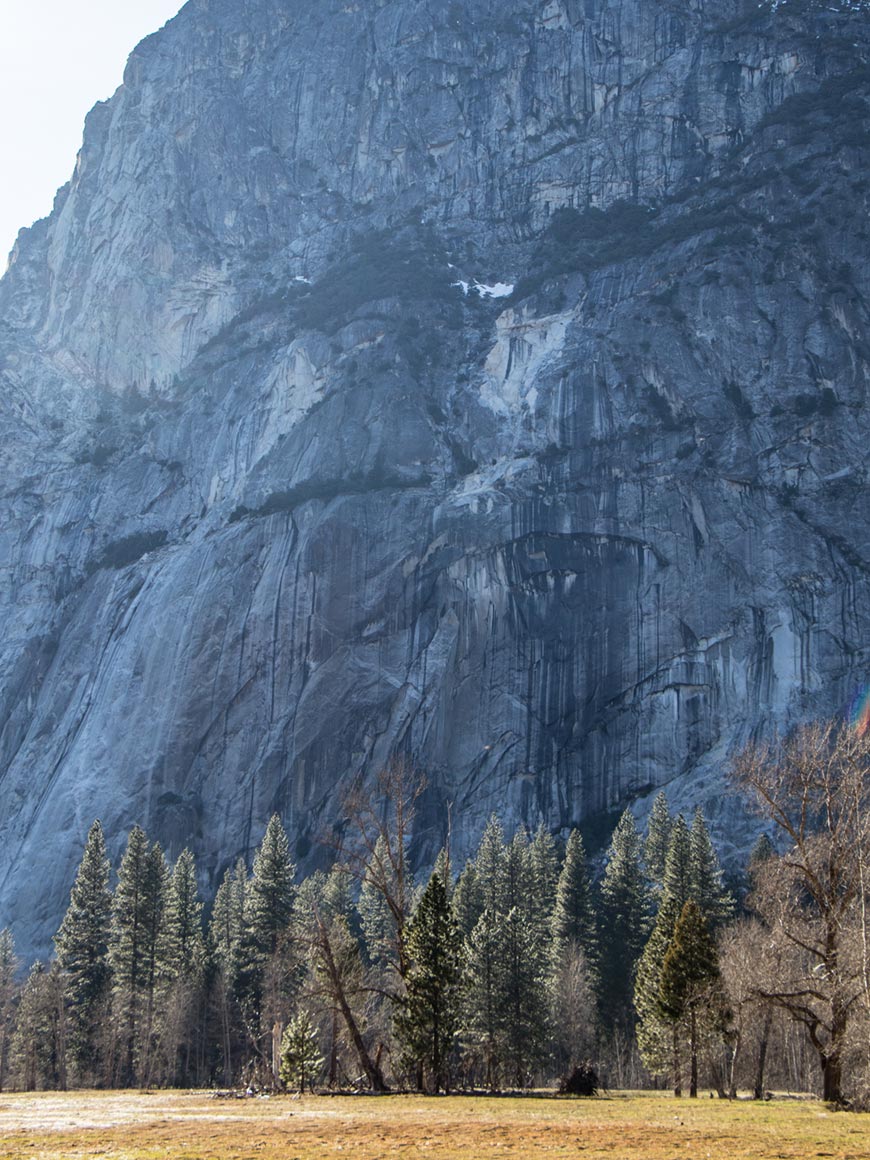
“Rock Wall” at f/6.3 1/200 ISO100 @ 35mm.
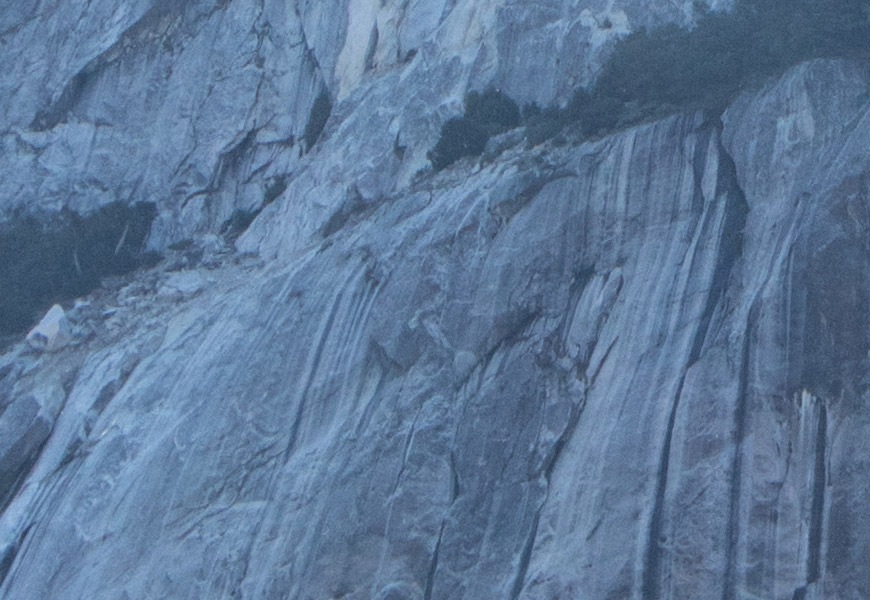
100% crop, the textures are “cleansed” on this zoom optical formula.
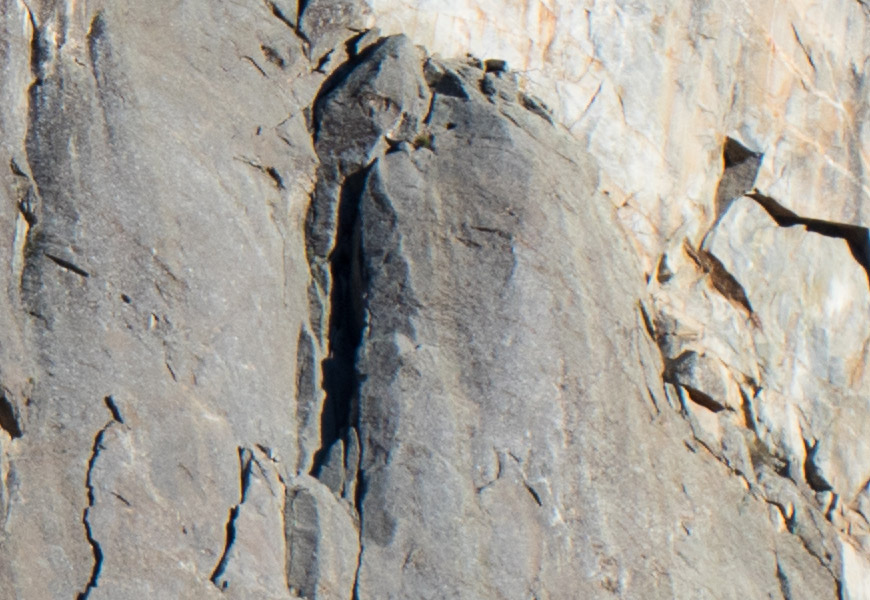
100% crop, the longer the focal length, the lower the resolution.

“Mountain” at f/7.1 1/400 ISO100 @ 102mm.

100% crop, unacceptable sharpness for large printing.
Stopping down slightly improves file sharpness, enough for this generation’s APS-C sensores. The 24MP T6i/80D/M5 can easily render incredible detailing for precision work, partially delivered by the 18-135mm at f/5-6-7.1. The diffraction is a problem as soon as f/8, so avoid the smaller format for serious landscape work. What we get with the details, however, is plenty of chromatic aberrations on high contrast lines, that get colored by the frame edges. It’s a surprise to see them at Canon, once they refuse to “optically cheat” like Fuji’s mandatory XF 18-135mm R LM OIS WR electronic profile; even during raw shooting. So we must manually fix it at Canon, straight-out-of-camera using DIGIC4 processors and above; or some post-processing software.

100% crop, stopping down the aperture to f/7.1 reveals more details, although I wouldn’t call it sharp.

100% crop, the performance is fair for its price point and zoom flexibility, but we know better.

“Rock Wall II” at f/6.3 1/640 ISO100 @ 69mm.

100% crop, plenty of center detailing, with no chromatic aberrations.

100% crop, but severe chromatic aberrations near the frame edges.
”Grand Canyon III” at f/7.1 1/60 ISO160 @ 18mm; barrel distortion at the wider end. ”Grand Canyon IV” at f/7.1 1/60 ISO5000 @ 42mm; barrel distortion. ”Grand Canyon V” at f/7.1 1/100 ISO200 @ 59mm; pincushion distortion. ”Bryce Canyon II” at f/6.3 1/640 ISO100 @ 135mm; pincushion distortion.Another correction suggested it the geometry, visible on both ends. At 18mm an enormous bubble forms around the top and lower horizontal lines (barrel distortion), visible even on busy landscapes, almost like a fisheye lens. For architecture work the distortion correction is also absolutely mandatory. But at the end of telephoto, at 135mm, the distortion reverses and gets a visible pincushion effect, “attracting” the horizontal lines to the center frame, as if we were pressing on a cushion (hence the name). The horizon distorts mountains profiles, again unacceptable for serious landscape shooting. So I recommend keeping the camera compensations ON at all times, even fixing moving images using the recent DIGIC6 capable cameras.
Finally colors and bokeh are in agreement with Canon’s intermediary lineup. Tones are muted and require a heavy handed compensation to stand out in paper or web publishing (think 20+ in Adobe’s Lightroom), very different from what I get from the L-series, more saturated from the camera. At least the color balance is faithful to other Canon EFs, and I didn’t find major shifts in hue, always delivering the most colorful albums on blog do zack. But the background blur leaves much to be desired, as the 135mm f/5.6 depth of field is not short enough, compared to longer telephotos. Only on very close shooting distances, lower than a meter, that we get smooth, defocused backgrounds, free from distractions. However we start pushing the optics to the limit, and at the near minimum focusing distance of 0.39cm there’s a noticeable drop in resolution and contrast. So I highly recommend a dedicated lens, be it for macro work (like the Canon EF 100mm f/2.8 L IS USM), or a large aperture prime (like the excellent EF 135mm f/2 L USM).
The EF-S 18-135mm f/3.5-5.6 IS USM is a nice addition to Canon’s lineup, bringing new features to the APS-C market, in spite of keeping the same old optical formula. The design school changed for the better, to support its biggest headlines: the NANO USM auto focusing, ultra-fast and precise, never before seen at this price point; and the PZ-E1 SERVO motor for zooming. This two features “asked” for revamped ergonomics, with smooth rings that are the very best Canon has to offer, with its legendary usability. However the curious optical design kept the same formula for a third time, with plenty of room for improvement. Damn, the Fuji XF 18-135mm sports four (!) aspherical pieces and two (!) low dispersion glasses, and its resolution is close to most primes; something this Canon doesn’t deliver. So I recommend the 18-135mm solely for its flexibility, not it optical performance. What matter the most is it’s insanely fast auto focusing for this price point, that offers new possibilities for amateurs. And for that, it’s unique on Canon’s lineup. Nice shooting!